Handwriting
The act of picking up a pencil (marker, pen, crayon, paint brush, etc.) and creating a letter or shape challenges many people. These challenges affect many children and can be apparent even in preschool but really show themselves as children start grade school. However, adults can also be faced with these difficulties especially after a neurological injury.
Many conditions may pose this challenge, including:
- Anxiety
- Behavioral Choice
- Coordination
- Lack of Practice/Exposure
- Muscle Weakness
- Motor Planning
- Visual
So, because there is typically more than one reason why someone has difficulty handwriting/drawing there are many possible solutions to address the issue.
Practice
Yes, according to the most recent research, practicing your handwriting is one of the best ways to improve legibility. However, just having someone sit down and try to print for extended periods without any structure and direction will probably not work. There are several handwriting programs available to help structure your practice. It is important to teach handwriting in a developmentally appropriate manner. That is to say that children typically learn to draw in this order:
Vertical lines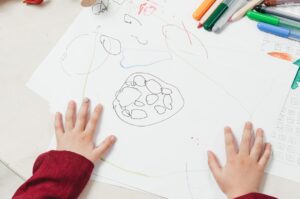
Curved lines
Horizontal line
Full letters
It also helps to learn first to print certain letters with similar formats/lines and to print capitals before lower case because there are fewer strokes to master.
Strength
Some children and adults do not have the enough strength or endurance in their core, back, shoulder, elbow, wrist, or hand to print or draw successfully. You can develop strength and endurance in many ways such as movement based activity, physical play and physically demanding postures. Short intervals of activity (30 seconds to 5 minutes) with some encouragement and modeling will help. The key is to make the activity challenging without being frustrating.
Examples of unstructured physical play include:
- Using equipment on a playground (climbing, pulling, jumping, etc.)
- Running games (Tag, Manhunt, Freedom, etc.)
- Catching, kicking, and throwing with a peer/adult
Examples of Structured physical play include:
- Soccer
- Baseball
- Basketball
- Karate
- Gymnastics
- Dance
Examples of physically demanding postures:
- Have your child play while in the prone position. The activity does not matter as long as your children are on their belly.

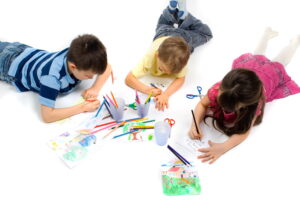
- Sitting on a large ball and/or stool.


Behavioral
Provide positive reinforcement to attempt handwriting, Develop a reward system where you give the child marks, stickers, stars, etc. for participating in handwriting practice. Total these “marks” to earn an agreed upon reward.
Equipment
Various pieces of equipment may improve the quality of your writing.
- Slant boards
- Specially lined paper
- Wide and special grip pencil/markers
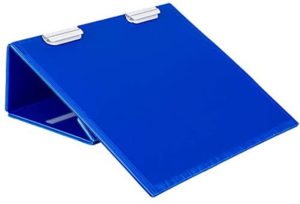
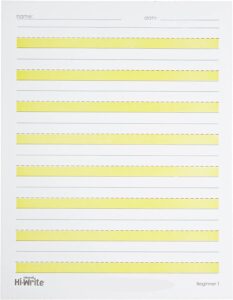
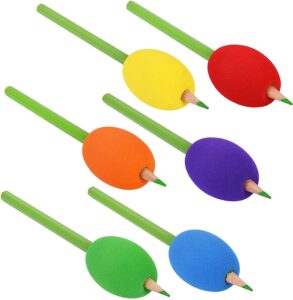
Grasp
Many people incorrectly believe that you have to have a certain grasp to print correctly. Research shows that people have many grasp patterns and all of them can be functional. Some people successfully hold a pencil with 5 fingers while others do it with 3, and still others use their entire fist. However, some pencil grasps work better than others. Although individuals typically hold the pencil the way as they wish, you can encourage and teach better grasps.

